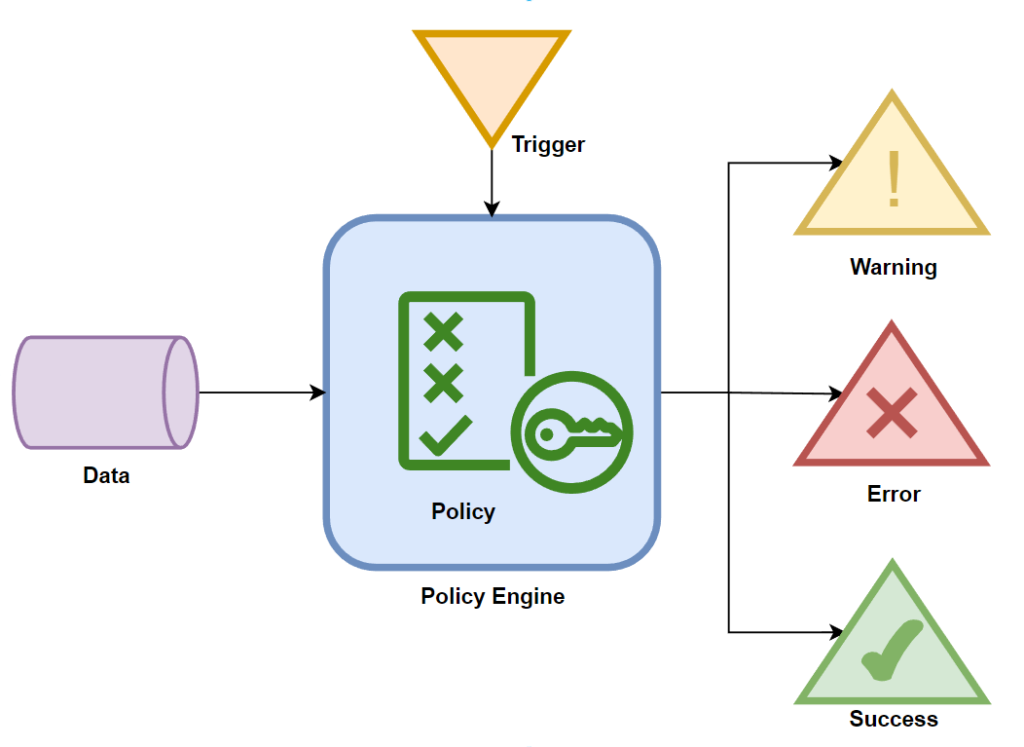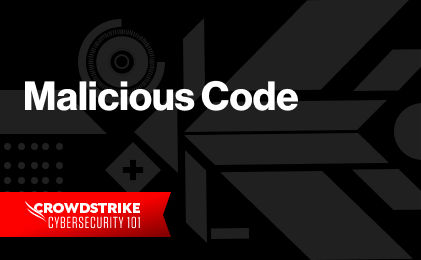Policy as Code (PaC) is an emerging software engineering practice that allows organizations to express, maintain, and enforce policies and regulations as machine-readable code.
With the recent rise of DevSecOps, PaC gained popularity as a state-of-the-art security solution, assisting organizations in improving their traditional policy management techniques. PaC also makes policy creation and administration easier and more efficient via codification and automation.
In this article, we will define PaC, highlight its importance and advantages, and compare it with Infrastructure as Code (IaC). We’ll also consider the relationship between PaC and DevSecOps.
What Is Policy As Code?
Policy as Code is the representation of policies and regulations as code to improve and automate policy enforcement and management. The code allows collaboration between developers to create and maintain consistent and easy-to-read policies.
Traditionally, implementing policies is a manual process that is time consuming and error prone. As software development practices evolve, PaC allows process automation through code, enabling efficient and streamlined workflows.
PaC is especially beneficial in cloud environments where rapid changes occur in real time, such as in application infrastructure, security, and networking. In cloud environments, multiple developers working on the same account would require the enforcement of fine-grained policies to control permissions and access. These policies are crucial for maintaining compliance with industry standards and ensuring a secure and standardized environment.
How Policy As Code Works
PaC operates by expressing policies and rules in computer-readable languages, such as JSON or YAML, then uploading these files to specialized policy engines, which are software or hardware systems programmed with specific policies. When triggered, these systems evaluate data against those policies to generate warnings and alerts. For example, cloud-based identity management solutions, such as AWS IAM, can be considered sophisticated policy engines.
To implement a policy, we need three essential components:
- Policy: The set of regulations and permissions defined in a high-level language.
- Data: The input data to compare against policies.
- Query: A trigger for a policy engine that initiates data evaluation against the policies.
As long as a policy engine supports PaC, we can implement policies written in code throughout the software development life cycle (SDLC) or enforce security measures in applications.

Benefits of Policy As Code
Converting an organization’s policies and regulations into code provides numerous benefits, such as codification and automation to reduce manual processes.
Codification
Codifying policies allows organizations to adopt established software development best practices for creating and maintaining their policies. These best practices help ensure policies are well-designed, testable, and maintainable. For example, version-controlling policies can help organizations track changes, maintain a clear history of updates, and quickly revert to previous versions if needed.
Codifying policies helps enforce consistent policies across various environments, reducing the risk of human error and aiding scalability. This is particularly important in organizations that operate in multiple regions and environments or with a hybrid cloud setup.
In addition, codification enables collaboration among developers to work on policies, leading to policy implementation that is more robust and consistent. This can increase efficiency, reduce human errors, and improve security and compliance outcomes.
Automation
Adopting PaC enhances the policy development and management process, enables automation in testing and deployment, and reduces the need for manual intervention.
You can subject policies written in code to automated testing, using test cases similar to those used for software code. This ensures that the policies function as intended and reduces the likelihood of errors and misinterpretations.
Upon approval and successful testing, the policies can be automatically distributed across all relevant systems using CI/CD tools, further streamlining the policy management process. For example, we can use CI/CD tools to deploy policies written as code to the CrowdStrike Falcon platform to enforce policies and implement security measures.
Policy As Code vs. Infrastructure As Code
Infrastructure as Code is the software engineering approach of defining and managing infrastructure configuration using code, which can be automatically deployed using tools such as AWS Cloud Formation or Terraform.
IaC allows for automation, version control, and consistency in infrastructure provisioning. On the other hand, PaC writes policies in code to ensure consistent policy enforcement across environments.
IaC and PaC also have complementary concepts with the common goal of automating and standardizing implementation to create efficient and consistent workflows. However, they differ in focus:
- IaC defines and deploys infrastructure resources.
- PaC defines and enforces policies.
The Relationship Between Policy As Code and DevSecOps
DevSecOps (development, security, and operations) emphasizes integrating security considerations and practices throughout the software development life cycle. It seeks to bring together development, security, and operations teams to ensure that software is developed with security in mind from start to finish.
When it comes to the swift resolution of issues, DevSecOps can benefit from using PaC to track and revert to previous policy versions. For example, consider an organization that is developing software that needs access to multiple data lakes. DevSecOps practitioners can write policies in a machine-readable format to govern the access and use of this data. Also, if a new policy version does not work as intended, teams can quickly revert it to previous versions.
This setup can be optimized further when DevOps (focused on integrating development) and SecOps (focused on integrating security and operations) practitioners collaborate to create and manage policies.
PaC can also assist DevSecOps with conforming policies to an organization’s standards and regulations, thereby standardizing policy enforcement to improve scalability across multiple environments. The policies can be automatically tested and deployed to align with security and compliance requirements.
In Summary
Policy as Code brings automation and improvement to an organization’s overall policy management, implementation, and configuration—leading to more efficient, consistent, and reliable outcomes.
PaC is a coherent approach to managing policies in software development, paving the way for collaboration and automation. It complements DevSecOps by enhancing the overall policy development process.
Automate policies with CrowdStrike Falcon for various security solutions, like threat detection, compliance management, and incident response. Key features include the ability to monitor and report on policy violations, offer an additional layer of security for the administrators, and ingest the policies rolled out by CI/CD pipelines, effectively enabling the implementation of policies as code and realizing the associated benefits. Try CrowdStrike Falcon today.







